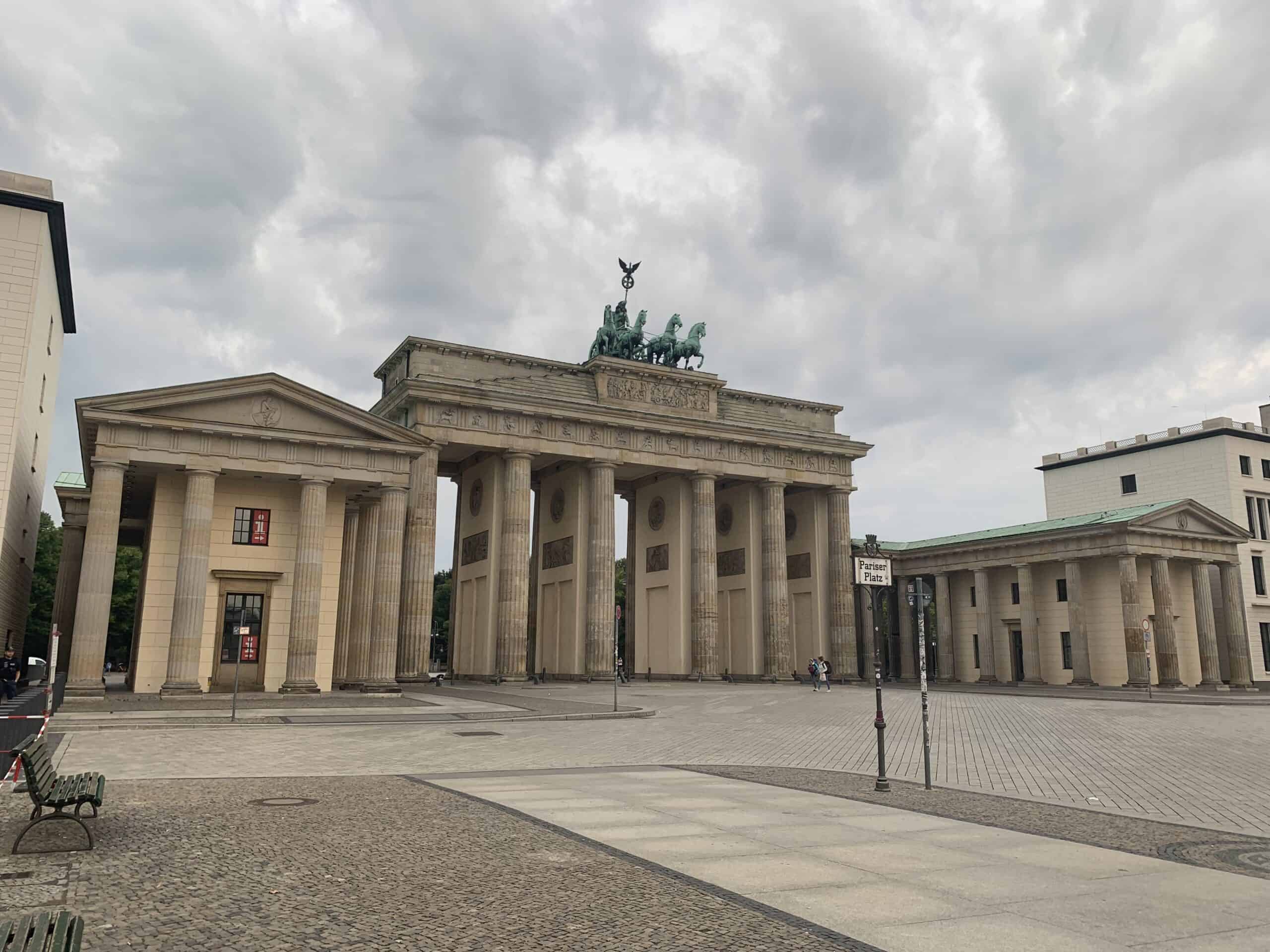
Brandenburger Tor is one of the most important monuments in Berlin and the most famous in Germany, symbol of German reunification in 1990.
The Brandenburger Tor stands on what used to be the border of the Prussian capital, beyond which were the forests of Brandenburg and the hunting reserve of Berlin: today’s Tiergarten Park.
Frederick William hoped for an alliance between Prussia, the Netherlands and Great Britain in the style of the Attica League of Athens. For this reason, the motifs and style of the door are those of classical mythology, with strong references to the acropolis of Athens. The very name of the Gate at the time of construction testifies to the intentions of the king: in 1791 it was inaugurated as the “Gate of Peace”.
From its construction until 1918, the year of the fall of the German monarchy, only the royal family and their guests could cross the central arch of the Gate. The rest of the travelers used the side “wings”, where the customs offices were also located.
The Bundestag is, especially thanks to its dome, one of the symbols not only of the city of Berlin but of the whole of Germany.
Its construction lasted from 9th July 1884 until 1894 and was used as the seat of the Parliament of the German Reich.
With the fall of the Berlin Wall, the reunification and the transfer of the capital of the Federal Republic from Bonn to Berlin, the Bundestag (i.e. the Parliament of the current German state) decided to re-elect the Reichstag Palace as its seat.







